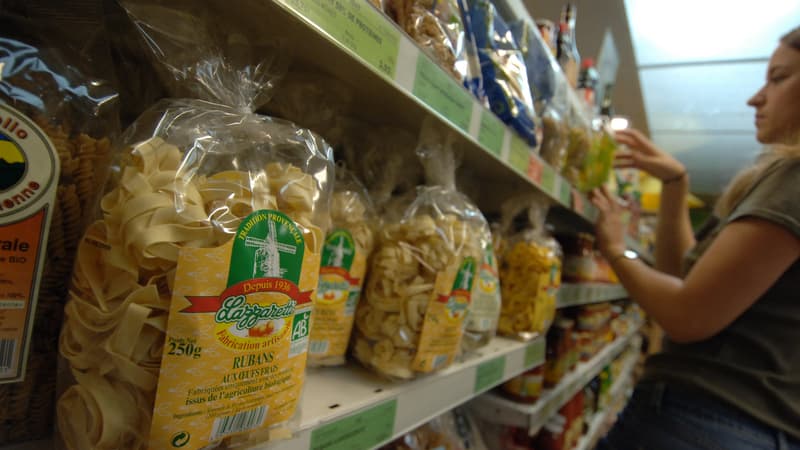As we know, food inflation is higher than average inflation. Taking meat, its price increased by 8.8% in July 2022 compared to the previous year, according to INSEE. If the price of poultry increased by 14.6%, the price of beef rose 10.2%. It even goes up to 30% for frozen beef. And the fish is not saved.
Such increases push households into arbitrage. Compensations that affect even the richest households, Kantar points out in its latest barometer*.
Thus, in September, sales of meat in all channels in France fell by 8.3% in volume. But this drop reaches almost 11% among rich households and more than 15% among low-income households.
The sale of fish collapses in all households
Same trend for delicatessen with sales down 16% in low-income households, but also down 11% in wealthy households.
In the poultry department, the decline is even more violent in wealthy households than in the more modest ones with respective declines of 13.3% compared to 12.5%. Overall, sales are down 9.6%.
Fish saw his sales fall by 18.5% among the least wealthy, but also by 17% among the wealthiest.
Cheese suffered the biggest drop in low-income households (-24%), but also fell 8% in wealthy households.
“The French continue to slash their traditional fresh produce purchases, which are down -6.4% in volume. The sharp declines in many inflationary grocery categories reflect choices made by households and the changes are also in the composition of their meals with simpler recipes and a concentration of food around the main course (less starters and desserts…)”, says Kantar.
Fresh produce at half-staff
And to continue: “the most modest households are the most affected and have had to resolve to reduce the aerodynamic profile of their purchases in very inflationary categories of Caseros (flour, butter, mustard, pasta, etc.) and in very emblematic markets such as the meat. (-15.3% in volume) and fish (-18.5% in volume)”.
On the other hand, on the side of basic necessities, the purchases of rich households increased while those of modest households continued to fall sharply.
Thus, dry pasta sales fell by 5.6% for these households, while they increased by 2.4% among the richest. The same happens with rice (-2% compared to +2.4%), sliced bread (-2.8% compared to +4.5%) or even oils that have increased especially: -7.3 % vs. +6.6%.
*: These data come from a sample of 20,000 Worldpanel panelist households. They are calculated on a universe of All Circuits “Generalists (Hypers + Supers + EDMP + Proximity + Internet) + specialized circuits” and represent the expenditure of ordinary households on FMCG (consumer goods) + LS COSTS for household consumption.
Source: BFM TV


